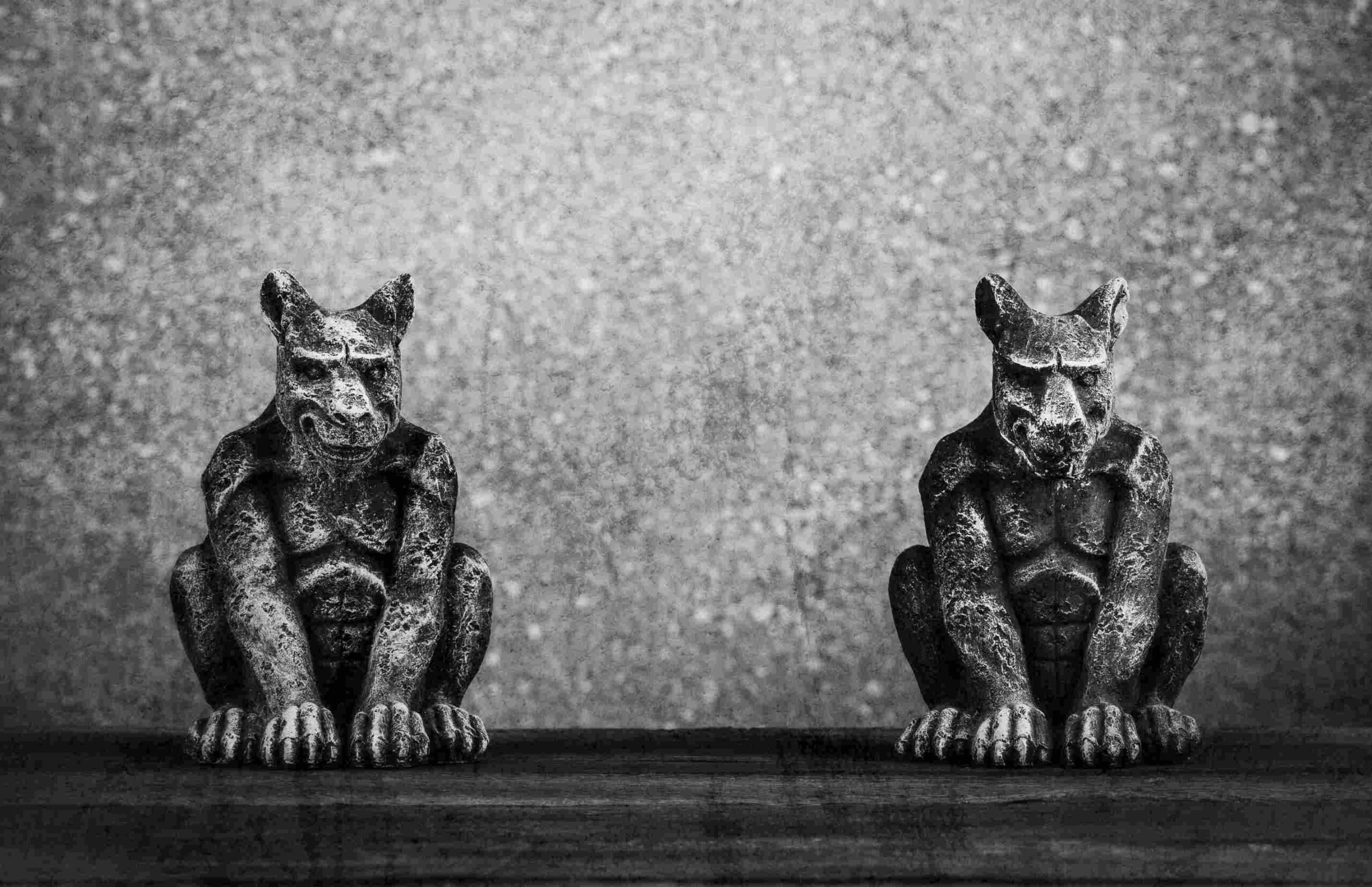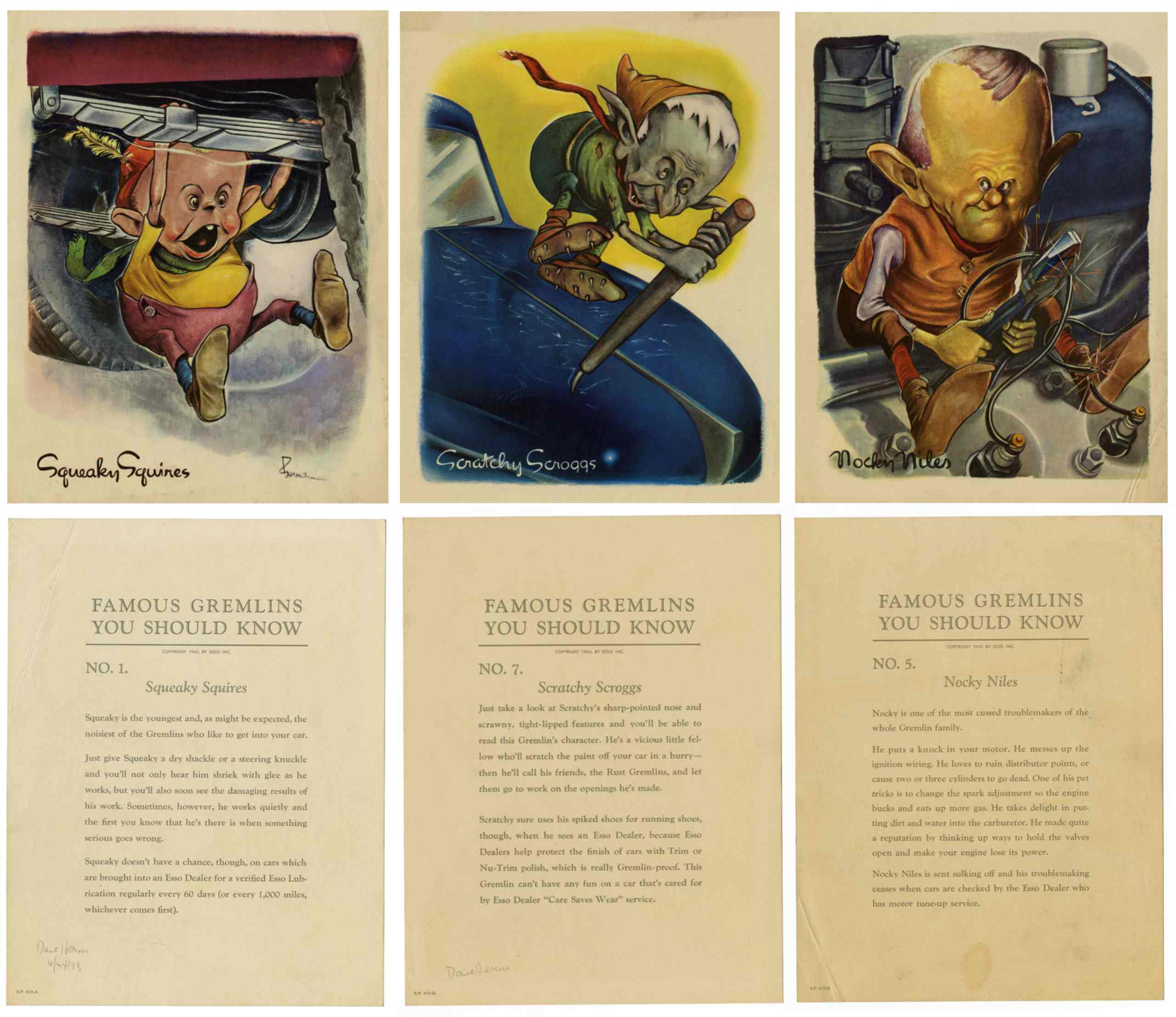In the early 20th century, British pilots stationed in far-off lands began to use the term “Gremlins” to describe mischievous creatures that caused technical problems, particularly in aircraft.

These gnomelike creatures, with their insatiable appetite for causing technical mayhem, are believed to take great joy in tampering with machinery of all kinds, but especially aircraft. While many may not believe in their existence, they play an important role in mythology, serving as a convenient scapegoat for technical mishaps and deflecting responsibility for human error.
Despite their reputation as troublemakers, Gremlins are the youngest of all the creatures in the monster pantheon, born in the United States and taking up residence around tools and inside machines and appliances. They have a particular interest in aircraft, but are known to meddle with all sorts of machinery.
The name “Gremlin” is derived from the Old English word “gremian,” meaning “to vex,” and was first used by a Squadron of Bomber Command serving on the North West Frontier in India in 1939, when they were unable to identify the cause of a series of aircraft malfunctions and decided to blame it on the mischievous fairy with an intimate knowledge of aerial sabotage.

The original description of Gremlins portrayed them as tiny humans with elf-like ears and yellow eyes, wearing miniature overalls and carrying tools sized for their diminutive frames. However, the more popular image of Gremlins today is that of short, beast-like creatures with oversized ears, as depicted in the movie “Gremlins”.
These strange creatures ‘terrorized’ humans by blunting tools, pushing hammers onto thumbs, playing with the hot and cold water in showers, holding down the toasting mechanism and burning toast.
During World War II, Royal Air Force (RAF) pilots used to blame Gremlins for aircraft malfunctions, but the creatures turned against mankind when mechanics and scientists began taking credit for their work.
They were responsible for mechanical failures in aircraft at times when it was most critical, and they did so without taking sides in the conflict, proving indifferent to human alliances. In fact, skilled Gremlins were often able to dismantle an entire engine before realizing that the issue could have been resolved with the simple tightening of a single screw.
While Gremlins may be a mythical creature, their legend has endured, and they continue to inspire the imagination today. In fact, the movie “Gremlins” popularized the image of short, beast-like creatures with oversized ears. Whether they are real or not, Gremlins serve as a reminder that sometimes technical difficulties are not always within our control, and that we must find a way to overcome them nonetheless.




